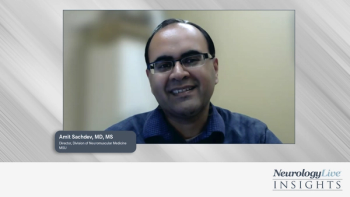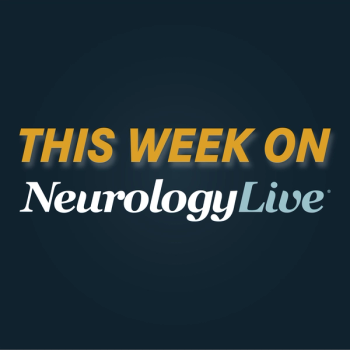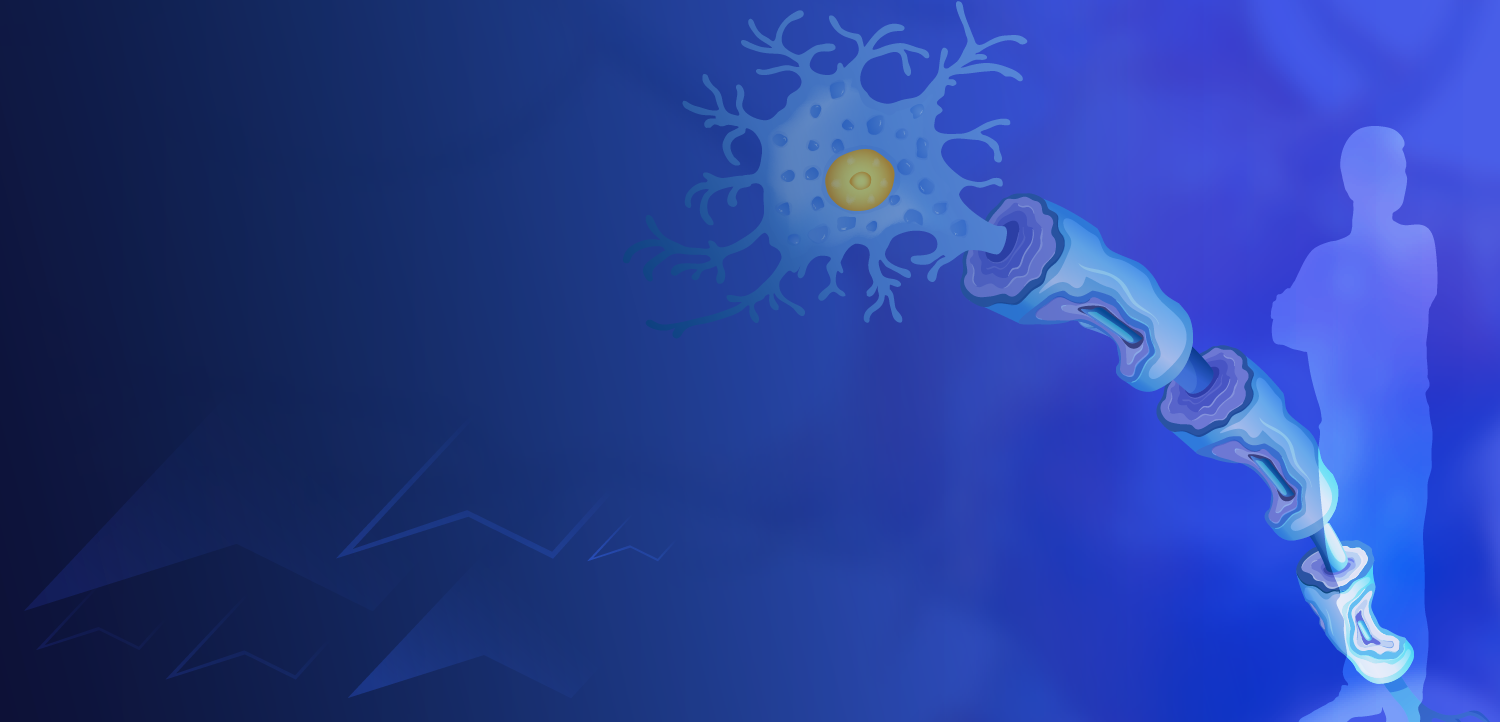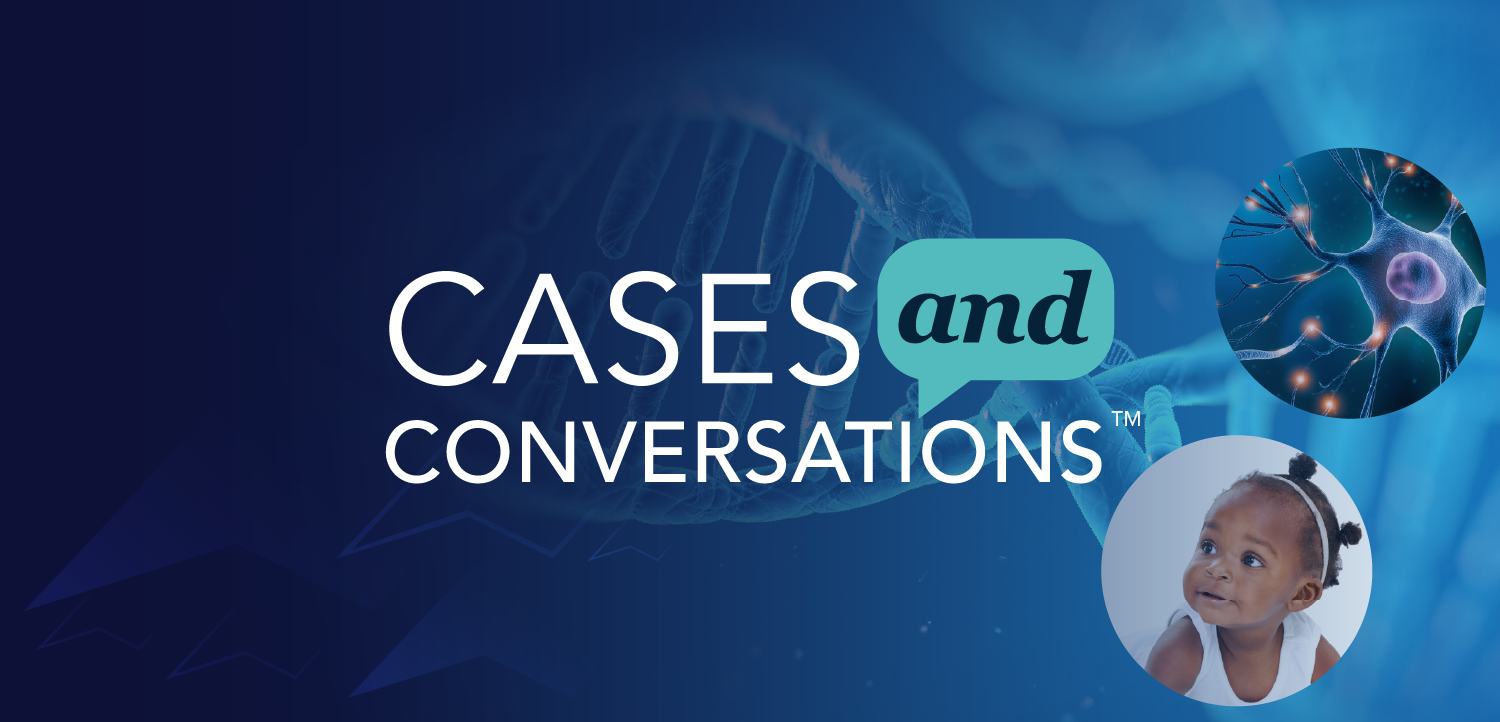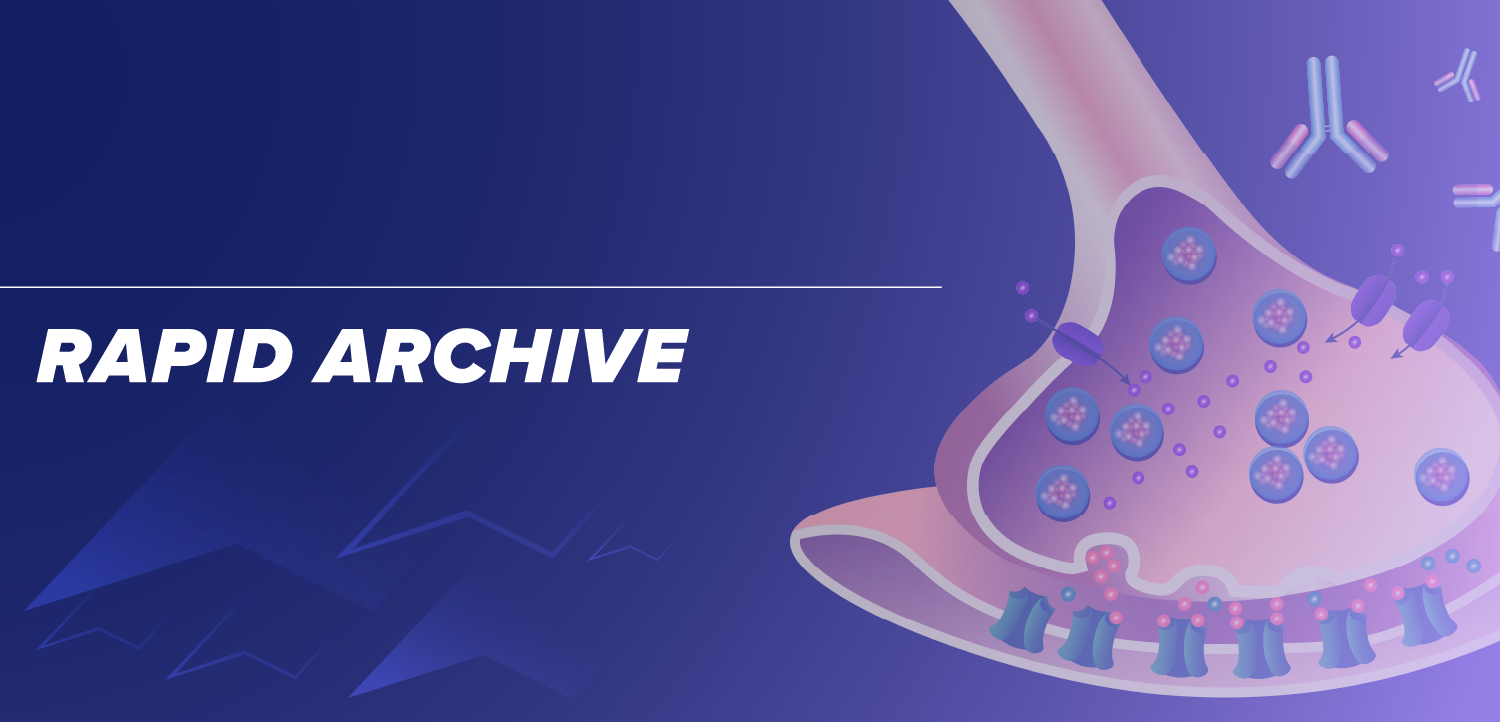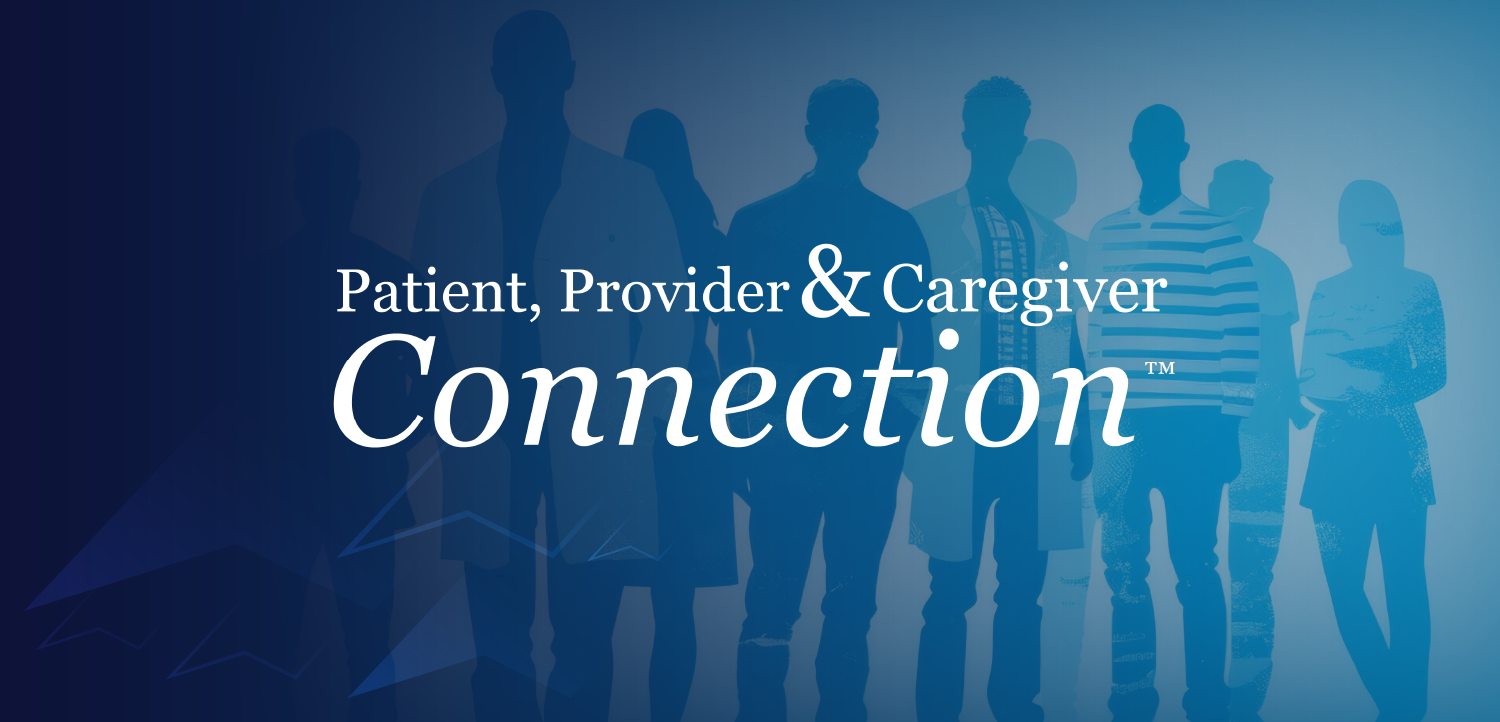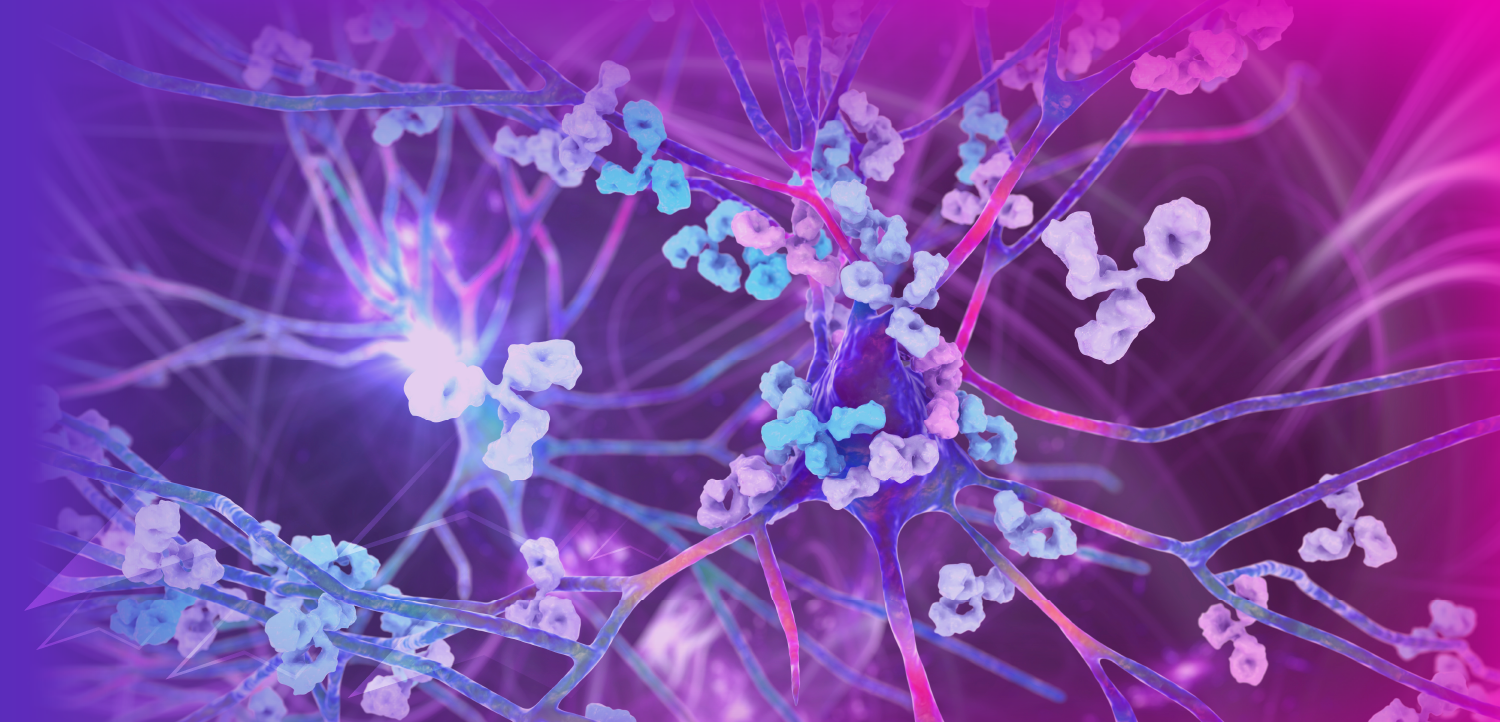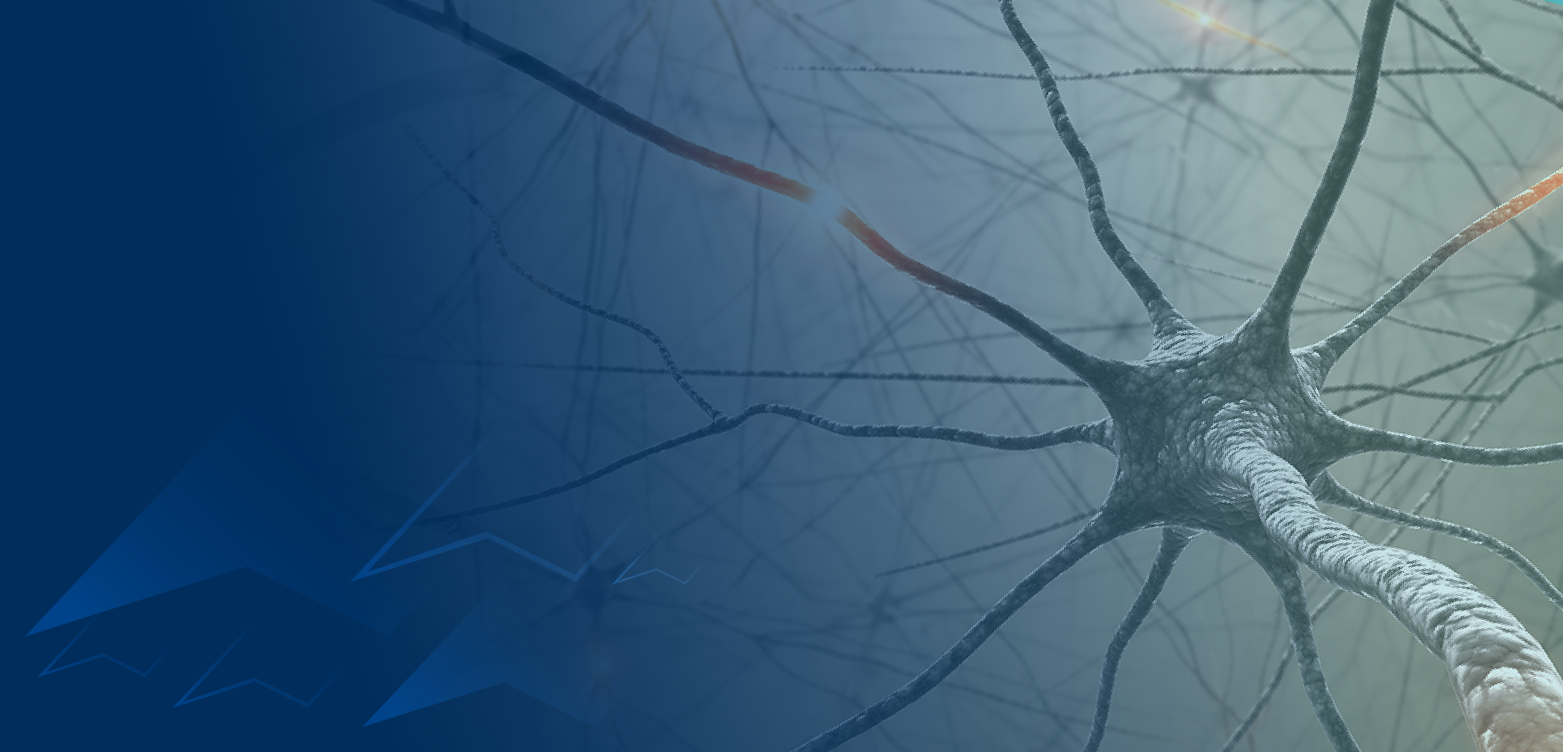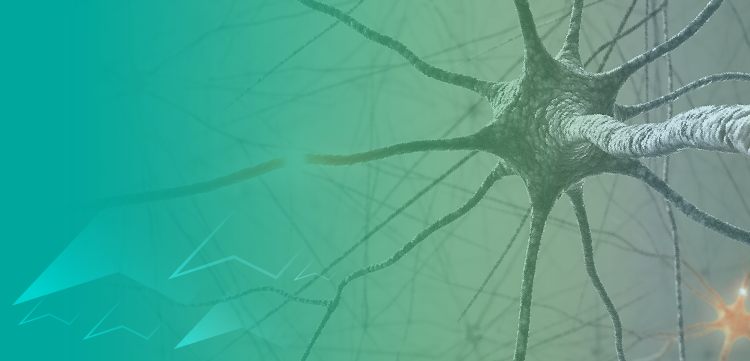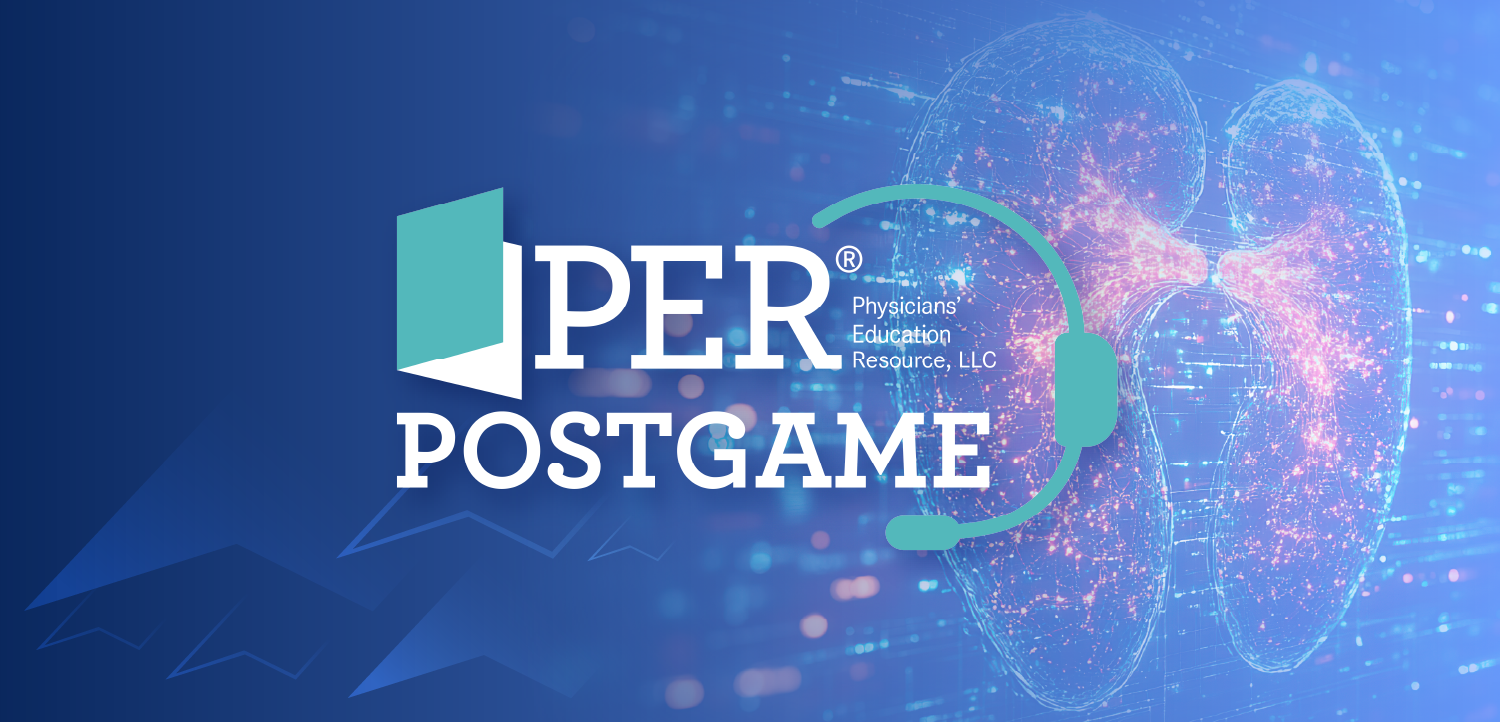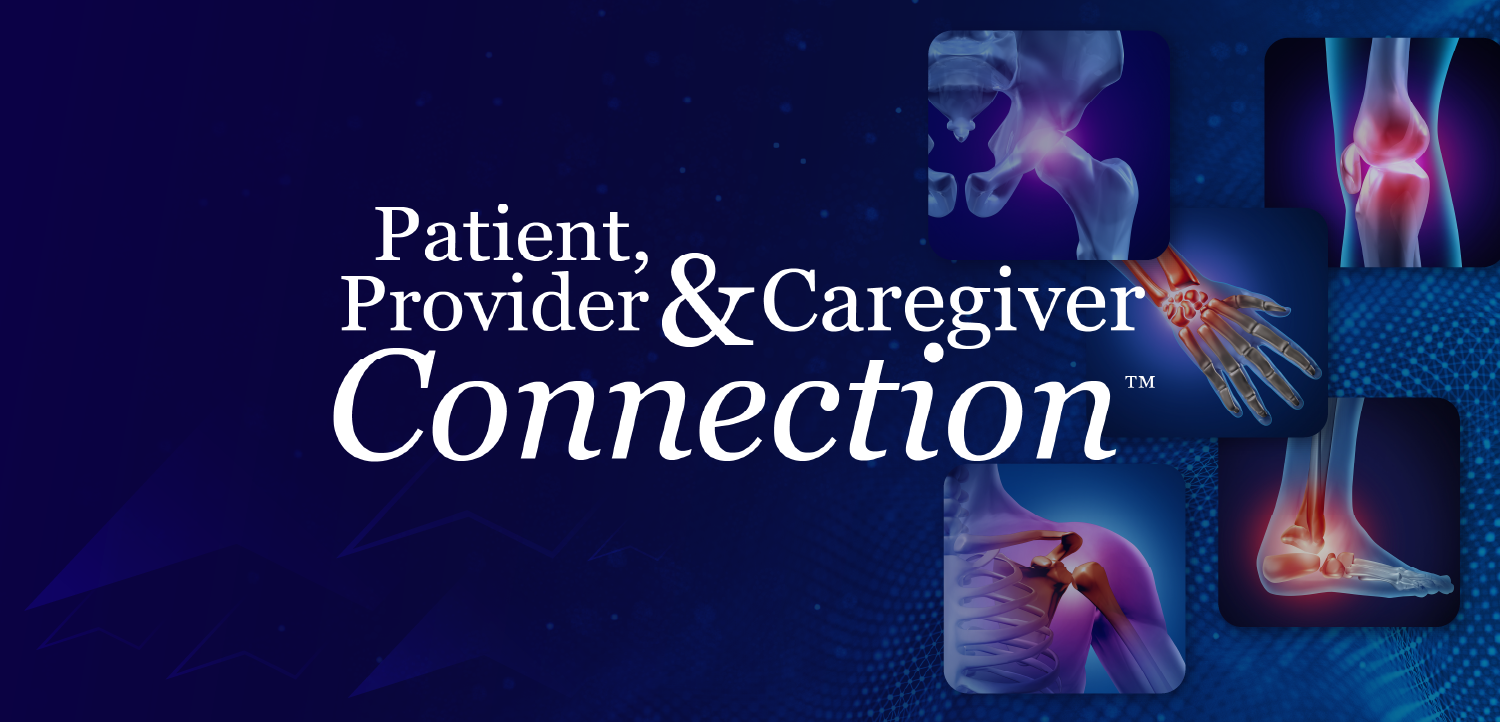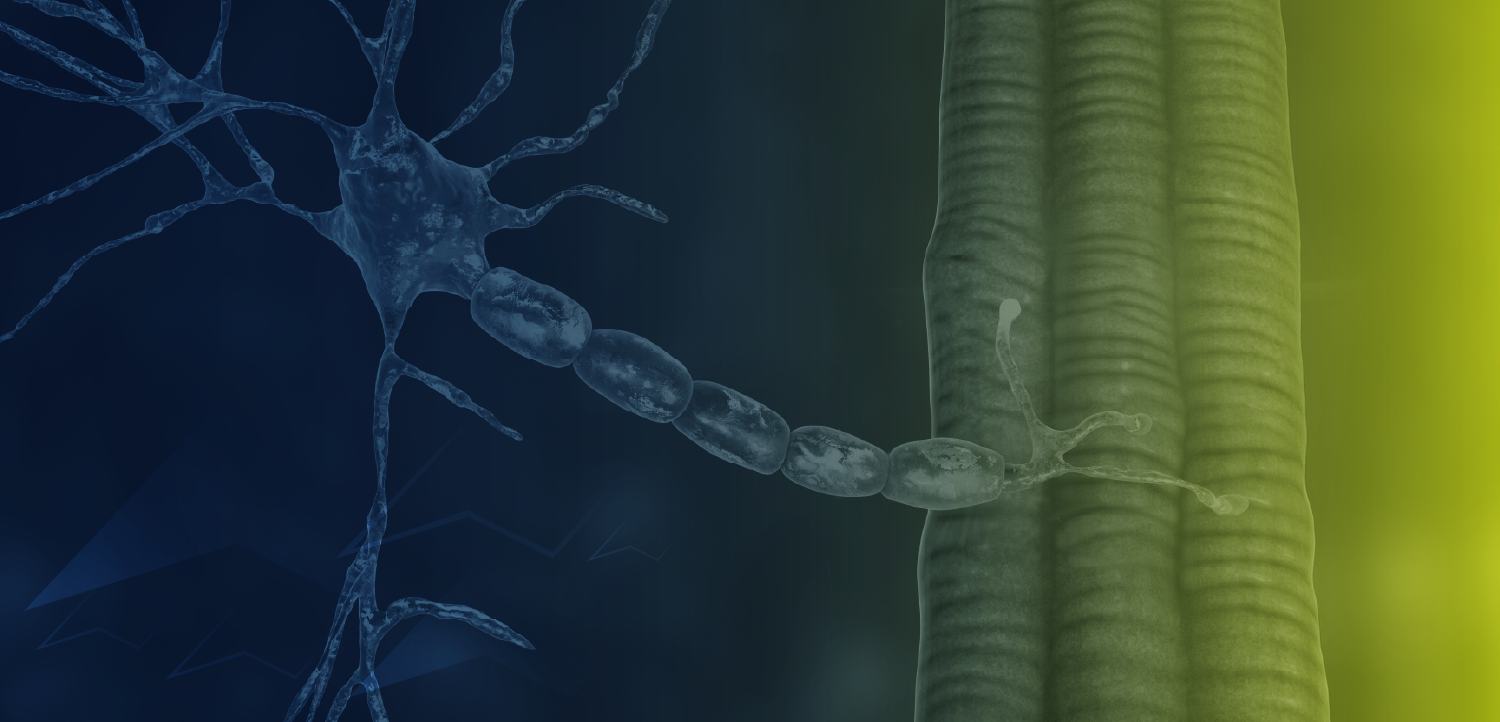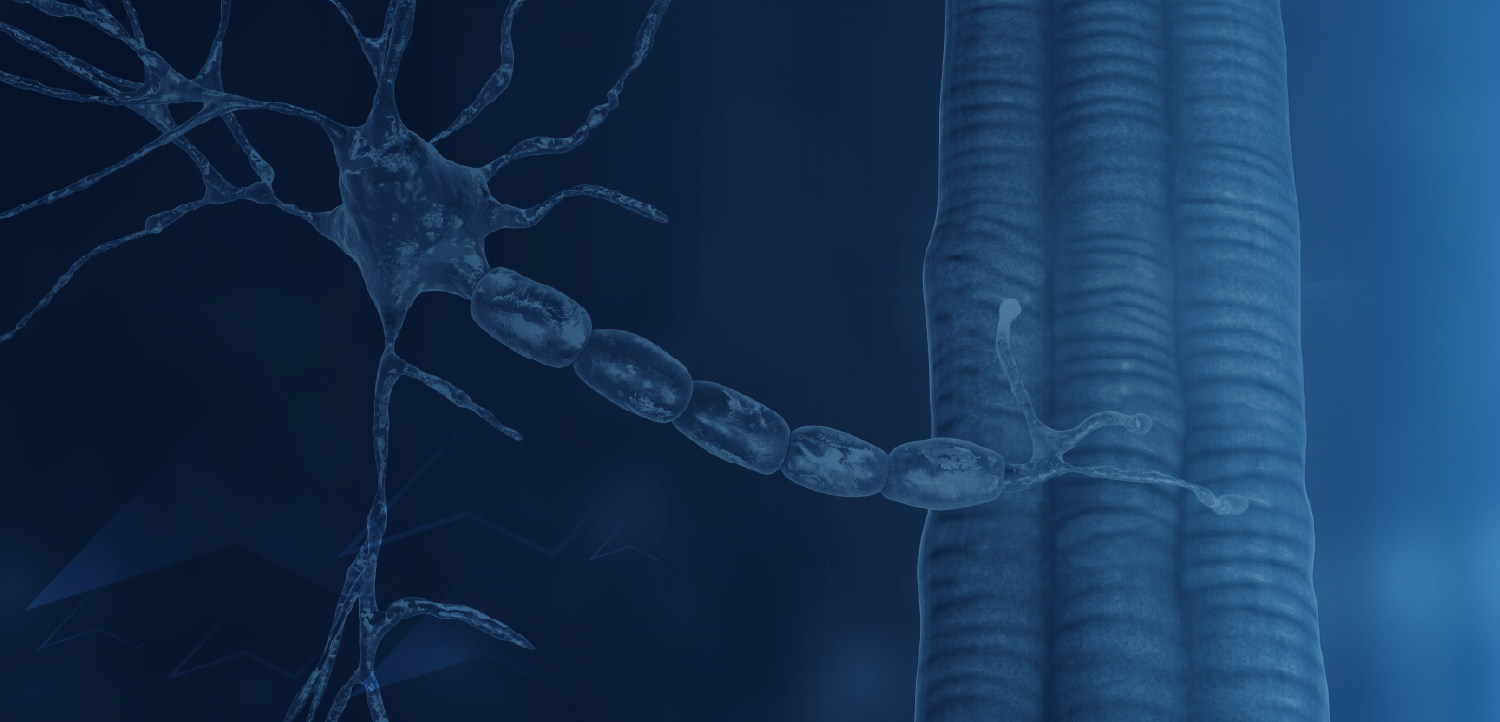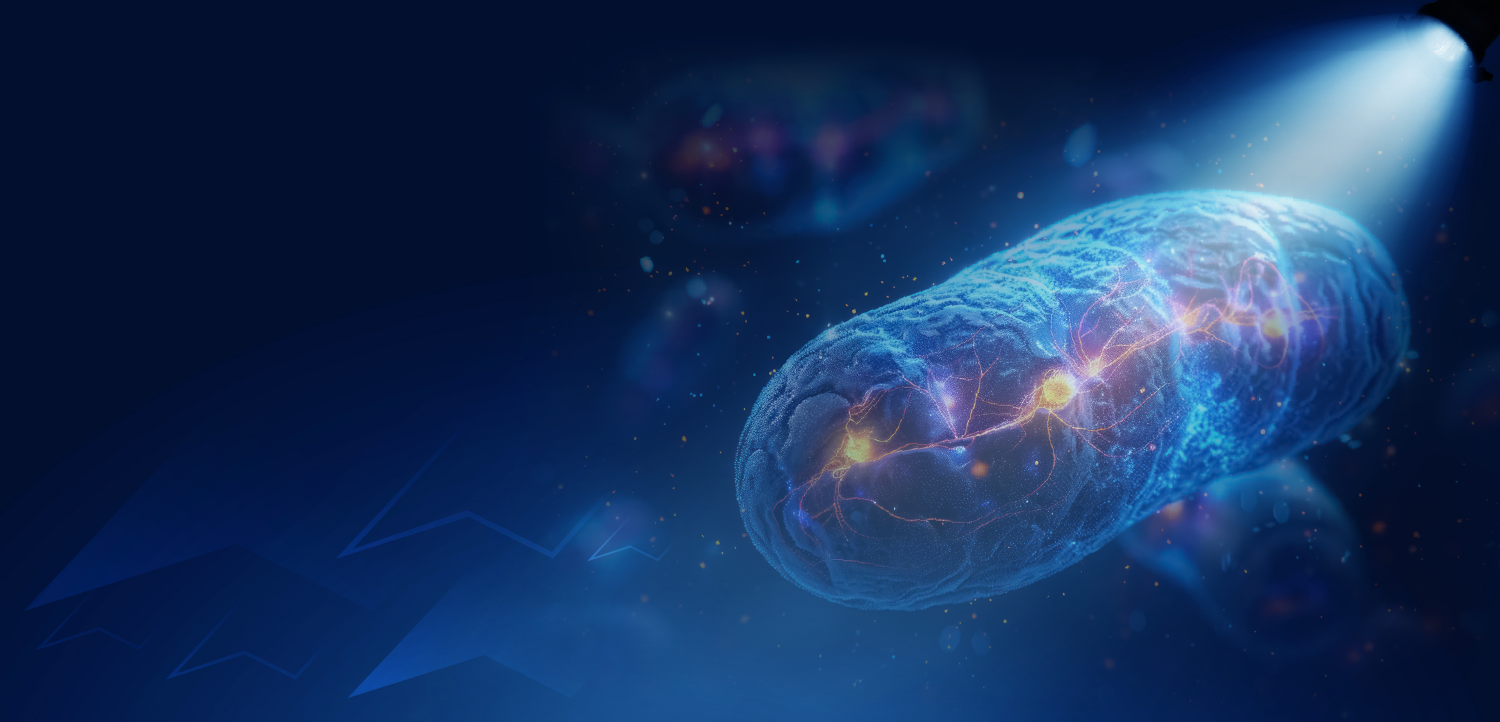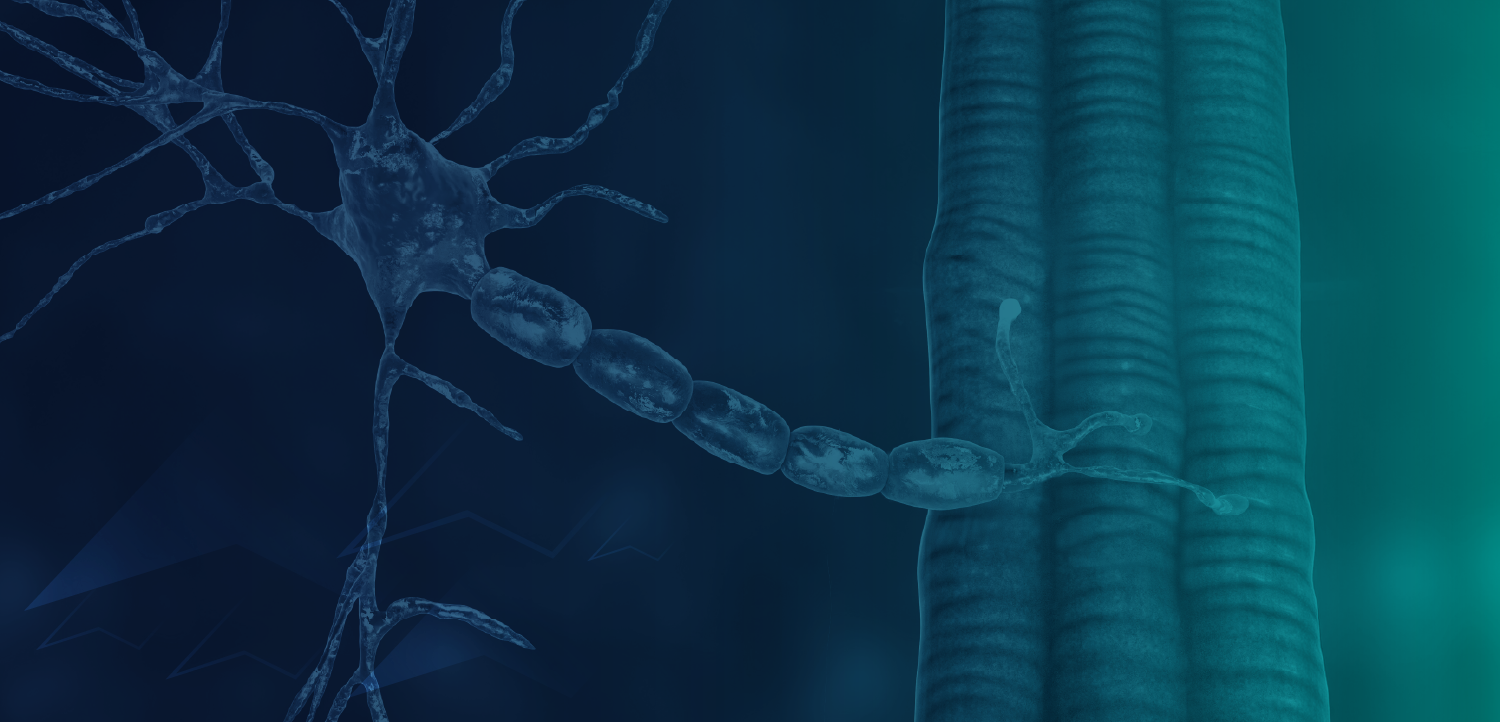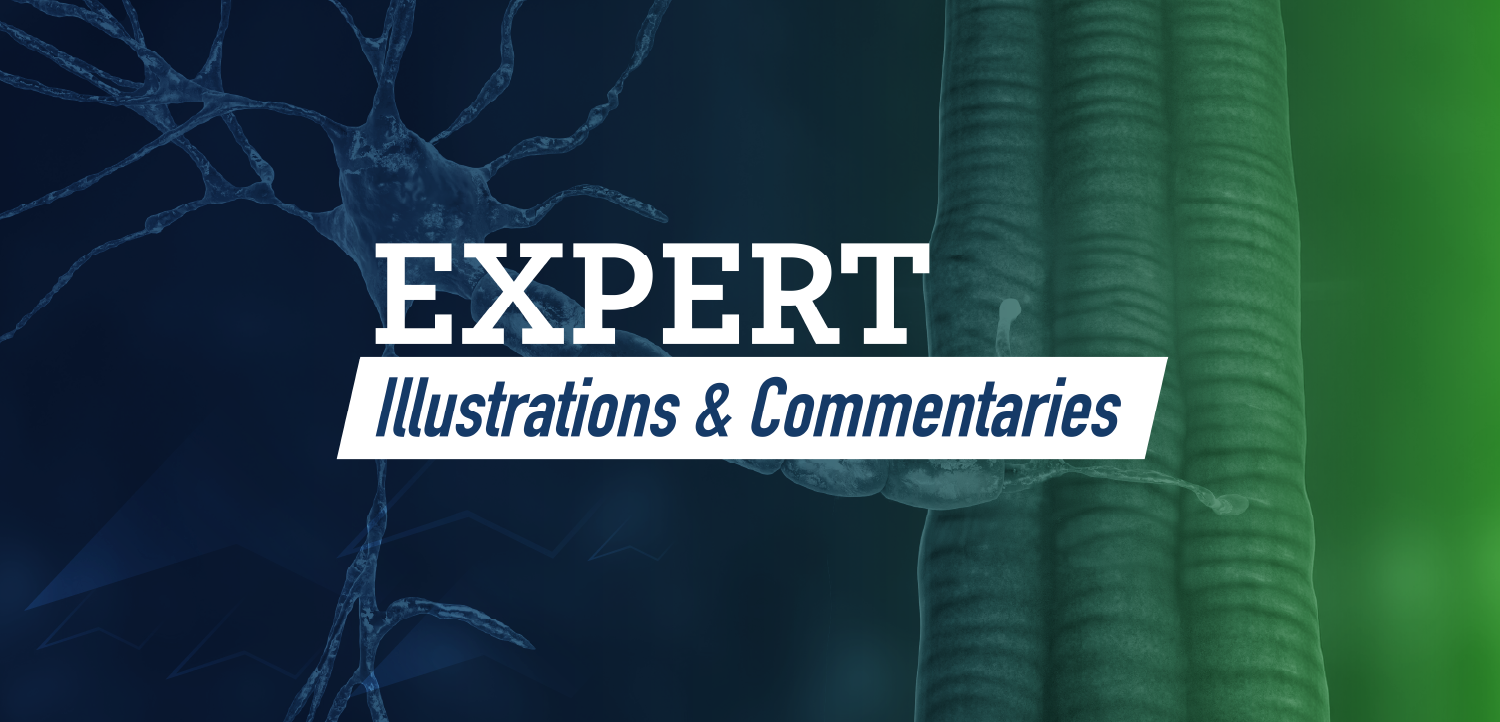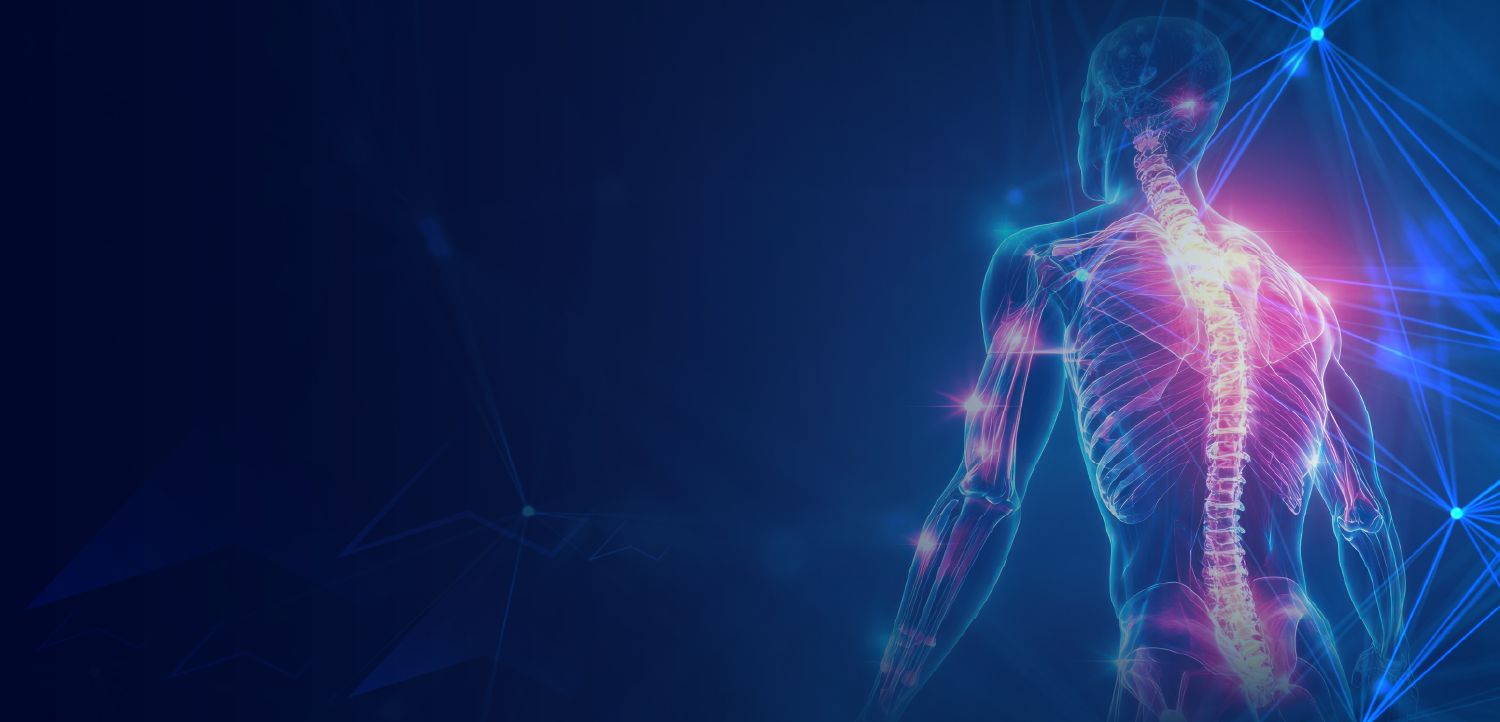
Pilot Study Demonstrates Therapeutic Potential of Targeted Lucidity Reactivation in Calming Narcolepsy-Related Nightmares
Key Takeaways
- CBT with TLR significantly reduced nightmare frequency and severity in narcolepsy patients, with large effect sizes observed.
- Improvements were noted in sleep talking and dream delusions, but no significant changes in anxiety or depression were found.
Data from a recently published pilot study (NCT05709673) demonstrated several benefits of using cognitive behavioral therapy (CBT) with an added targeted lucidity reactivation (TLR) element to help treat narcolepsy-related nightmares in patients with the disease. Overall, these results provide promising proof-of-concept evidence for the efficacy of nonpharmacological treatment of narcolepsy-related nightmares.
A total of 6 adults with narcolepsy and frequent nightmares (≥3/week) were randomly assigned to a 2 or 4 week baseline and received 7 treatment sessions with either CBT for Nightmares (CBT-N), adapted for narcolepsy (n = 3), or CBT-N plus TLR (n = 3). Modifications for narcolepsy were created in consultation with a narcolepsy patient advocate who is a licensed therapist with experience treating nightmares. Some of the CBT-N components included sleep and nightmare education, sleep habits, stimulus control, grounding, relaxation training, nightmare exposure, nightmare rescripting, and imagery rehearsal.
Led by Jennifer M. Mundt, PhD, a sleep psychologist at Northwestern University, patients had an average of 14.3 years since diagnosis and an average duration of 27.0 years for nightmares at baseline. All told, changes from baseline to posttreatment were significant with large effect sizes for both nightmare frequency (between-case standardized mean difference [BC-SMD], –0.97; 95% CI, –1.79 to –0.14) and nightmare severity (BC-SMD, –1.14; 95% CI, –2.03 to –0.25). At posttreatment 4 of the 6 treated patients (1 on CBT-N, all 3 on CBT-N + TLR) demonstrated a decrease in Disturbing Dream and Nightmare Severity Index (DDNSI) score that was below the nightmare disorder cutoff score.
"This study provides a proof of concept for the application of TLR as a therapeutic strategy with clinical populations, as well as preliminary evidence for the efficacy of CBT-N to reduce nightmare frequency and severity in individuals with narcolepsy-related nightmares," Mundt et al concluded. "Treating narcolepsy-related nightmares may also reduce concomitant parasomnias, which occur frequently in narcolepsy, and the strongest evidence was found for improvement in sleep talking, dream delusions, and NREM parasomnias. However, changes in the latter may have reflected an improvement in REM-related phenomena (vocalization, dream enactment, automatic behavior) given that no participants carried a diagnosis of NREM parasomnia."
Study results showed that both the reduction in DDNSI (z = –2.20; P = .03; r = .–0.64) and the decrease in Nightmare Disorder Index (NDI) scores (z = –2.21; P = .03; r = –0.64) were significant, with large effect sizes. On secondary outcomes, investigators observed no significant changes in anxiety (z = –0.11; P = .92; r = –0.03) and depression (z = –0.42; P = .67; r = –0.12) using Wilcoxon signed-rank test. Overall, there was 1 adverse event reported in the study, owing to a twisted ankle that was attributed partly to being sleepy and partly to other underlying medical factors. Investigators deemed this was causally unrelated to study procedures.
Effect sizes were not significant for sleep paralysis, sleep-related hallucinations, dream enactment, wake after sleep onset (WASO), sleep quality, or lucid dreams. The only significant change was a large reduction in sleep talking from baseline to posttreatment (BC-SMD = −0.95, 95% CI −1.78 to −0.11). While WASO decreased substantially from 169.96 minutes at baseline to 49.08 minutes posttreatment, the effect size (BC-SMD = −0.71, 95% CI −1.50 to 0.08) was not significant, as the 95% CI included zero.
On exploratory outcomes, Paris Arousal Disorders Severity Scale (PADSS) scores showed a significant reduction from baseline to posttreatment with a large effect size (z = −2.20, p = 0.03, r = −0.64). At baseline, five of six participants scored above the threshold for NREM parasomnia (>8), and while scores decreased, all five remained above the threshold posttreatment.
Patient-Reported Outcomes Measurement Information System (PROMIS) Self-Efficacy for Managing Symptoms also improved significantly with a large effect size (z = −2.02, p = 0.04, r = −0.58), with mean scores increasing from the low range (38.15) at baseline to the average range (41.87) posttreatment. Additionally, improvement in dream delusions trended toward significance with a large effect size (z = −1.89, p = 0.06, r = −0.55).
The study authors noted that, "TLR holds promise for treating or augmenting treatment in other types of nightmares as well. Additional studies are needed to substantiate the benefits of both types of treatment in narcolepsy as well as in other nightmare populations."
REFERENCE
1. Mundt JM, Pruiksma KE, Konkoly KR, et al. Treating narcolepsy-related nightmares with cognitive behavioural therapy and targeted lucidity reactivation: A pilot study. Journal of Sleep Res. Published online October 22, 2024. doi:10.1111/jsr.14384
Newsletter
Keep your finger on the pulse of neurology—subscribe to NeurologyLive for expert interviews, new data, and breakthrough treatment updates.

